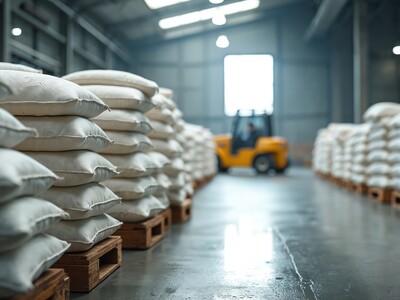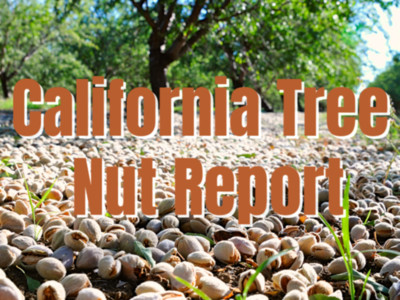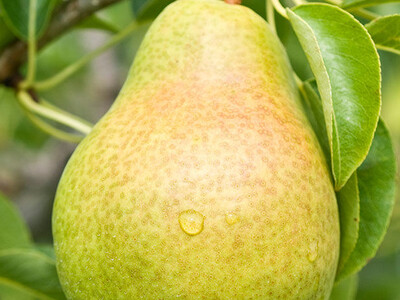Tracking locust swarms
US technology is helping African nations fight swarms of desert locusts that are destroying crops.The United States is helping African nations use less pesticide as they deal with threats to agriculture. “For instance, the African desert locusts, I've never seen anything like this in my life that you would see the sky at almost like a cloud storm is going over as actually locusts flying over you.” Kip Tom, the U.S. ambassador to United Nations food agencies, spoke recently at Agripulse’s annual summit. “We're working with NOAA. We're getting weather patterns and wind patterns track. We're getting NASA data so we can understand soil types, soil moisture content, because the African desert locust needs a certain soil type and certain moisture condition to lay eggs.” There also are ways people with mobile phones can help crowdsource the movements of locust swarms. “We'll give them a geotag location to go make an inspection to see if the hoppers are there and they'll drive to that location. They'll take a picture they’ll GEO reference it. It goes back to the aerial applicator and the aerial applicator will come make the application. And we're doing this. And a lot of places, whether it's Ethiopia, Sudan, Kenya, Uganda, more problematic, we can't do this. We've got to do it all by ground when we look at places like Yemen and Somalia. But the reality is we continue to see growth in these new technologies and addressing these food security issues. And in the case of the African desert locusts, we're talking nearly 15 million people affected. So we're trying to improve lives and livelihoods and once again, by using science.

















